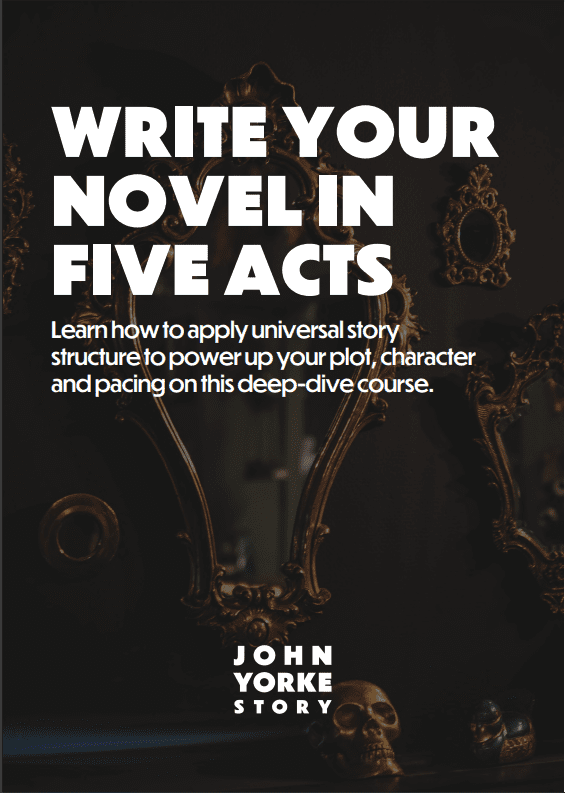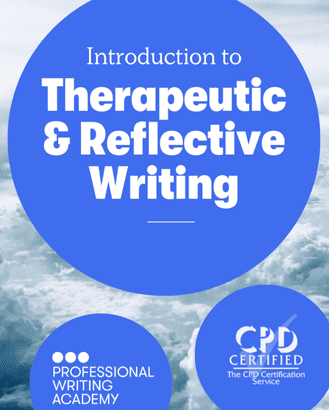Q – Hi Charlotte, it’s great to have you here! For The Vanishing Futurist, how many drafts did you go through from the first to the last, and over what sort of timescale?
Charlotte Hobson – Good to be here! Well, I did a lot of drafts with this book – I went through it and through it many, many times.
But, I suppose I’d say I did four main drafts: the first was to show to my agent, then for my publisher, another during the editing process, and a final draft on delivery.
Q – In terms of research, was it important for you to get everything right from the beginning, or is it a process?
CH – It was definitely a process for me. I did a lot of research at the beginning, but then went back to find more details and so on once I knew what I needed.
It’s very easy to keep on researching forever, but it’s important to just put down the books one day and write.
A kind friend, also a writer, said to me at one point: ‘you can do too much research’. I found that very useful advice! I think at some point you have to let go of the crutch of research.
Q – Do you write in a ‘splurge’ and then edit afterwards, like I tend to do, or do you write in a more ‘finished’ way, editing as you go?’
CH – Great question. I think the energy of the ‘splurge’ is essential in the first draft, don’t you? One needs to get as much down before the self-doubt sets in.
So, I really try not to look back at what I’ve written too soon, just to allow myself a little leeway before I put on my hyper-critical editor’s hat.
Also, I’m not at all methodical. I go with the energy. ‘Write the jam!’ is my motto – I sit down and write all the bits I’m excited about first. I don’t know whether this is a good thing, though…
Once you have a whole draft a wonderful thing happens, which is that the book starts to exist.
– Charlotte Hobson
Q – How do you keep track of the story – do you use any tools like charts, titles, or colours? I often find it quite hard.
CH – Those techniques are always useful. Personally, I just write hundreds of timelines and arcs for each different character’s narrative, trying to see how they intersect.
It can be tricky to keep up. When I’ve done a certain amount I usually print the whole thing out. That way, I can read it with fresh eyes, and usually pick up on the continuity problems.
Q – That sounds like a good approach! How is your work discipline? Do you show up even if you don’t have much inspiration that particular day?
CH – Honestly? I have to say my work discipline is feeble, verging on non-existent. I really struggle. I just try to make sure I’m at my desk at a certain time each day. Beyond that, sometimes it works, and sometimes I do a lot of doodling.
Having said that, though, I think over time I’ve developed a bit more stamina.
Q – If you were starting again, what pieces of advice would you give to your younger self?
CH – Well, I’d give myself lots of advice, but also some encouragement. We’re all so hard on ourselves and sometimes it’s counterproductive. Whatever you manage a day, it’s a result.
I think I’d say to myself ‘you’ll get there in the end!’ – but perhaps that’s not particularly helpful…
Sometimes I think projects just need time to mature and ferment in the imagination – they’re so much better if you’ve given them a bit longer. But, I am someone who has taken ten years to write a novel!
Q – On your first draft, do you worry about flaws and mistakes, or do you let them be?
CH – I wouldn’t worry about that kind of thing – it’s easy to spot in a later draft. Once you have a whole draft a wonderful thing happens, which is that the book starts to exist.
It has its own presence, and you have much more of a sense of what fits in this book and what doesn’t.
Then comes the horrible process of cutting all your darlings, which is always torture, but it’s actually a great sign that your book now has a real identity.
There are also fantastic people called copy-editors – highly knowledgeable and meticulous.
I worked at a publisher for a while, Orion, and was amazed by the care the copy-editors took with every single manuscript they edited, from the most literary to the least.
Q – How long would you leave a finished draft before you come back to it?
CH – I think the trick is to leave a draft just long enough so that it looks a little new and strange to you when you come back to it. Or, you can alter its form – for example, print it out, as I already said.
Anything to give you new eyes. Not very long though, really.
Thank you, Charlotte, this has been fascinating. An inspiring session!
Read part two of this Q&A session.























